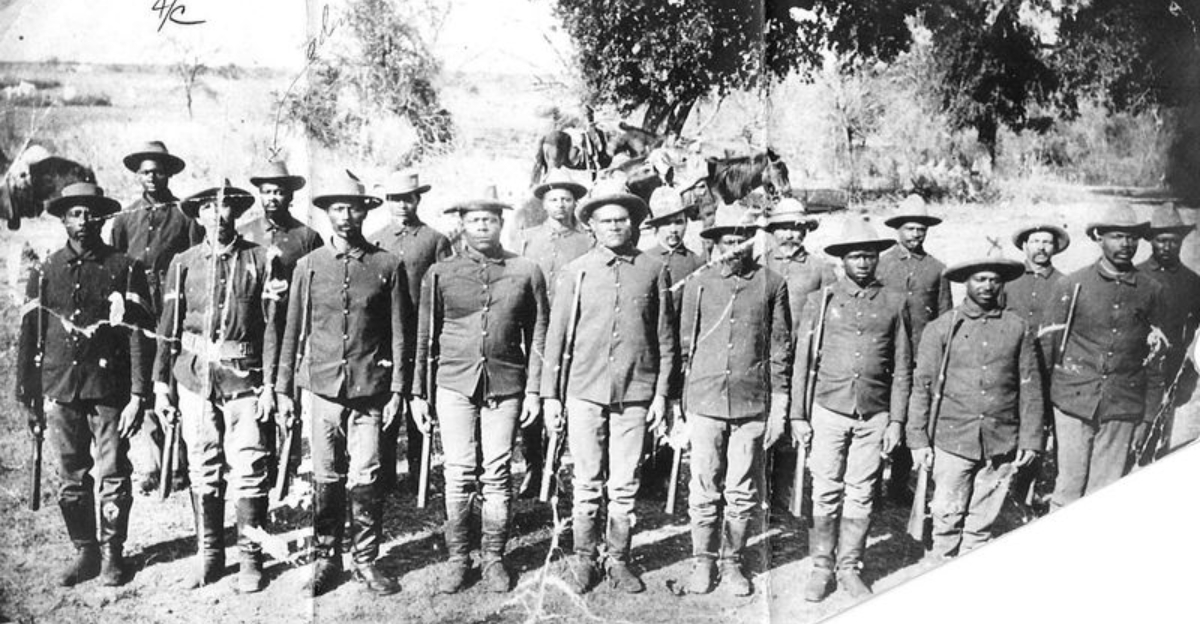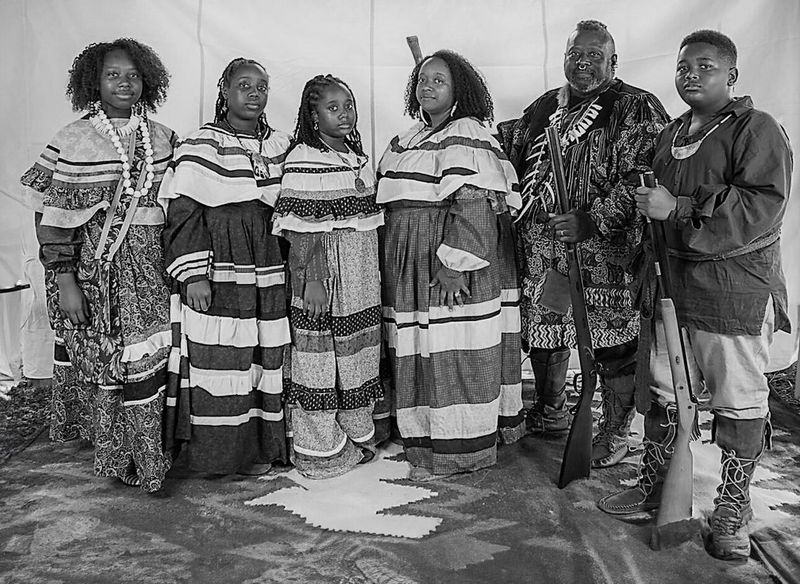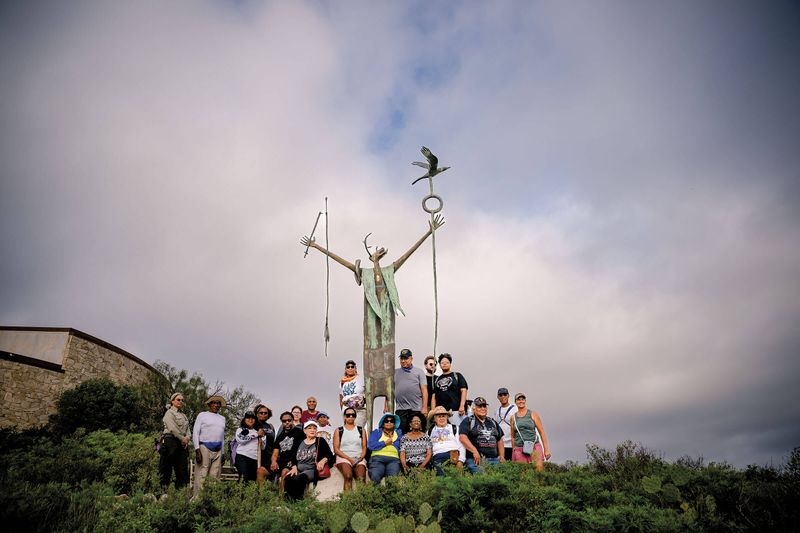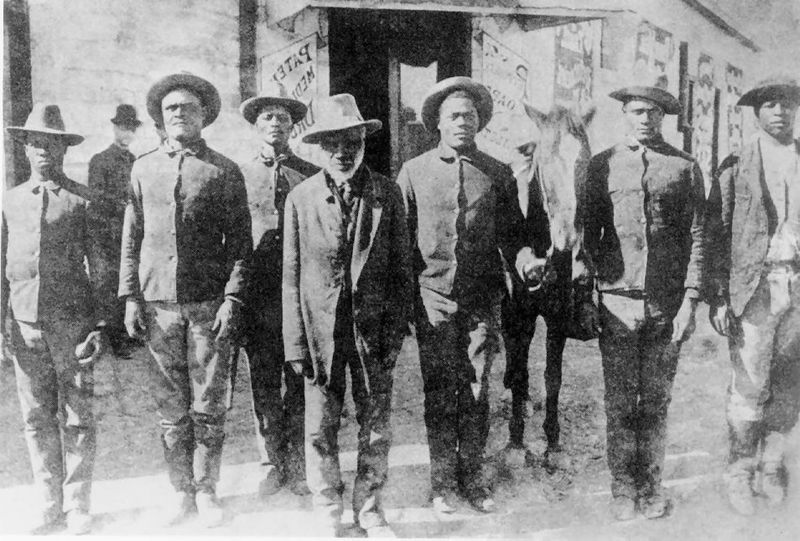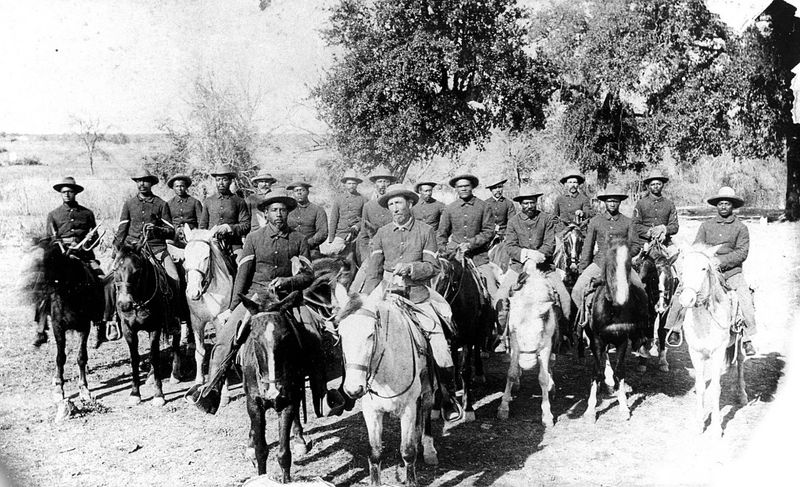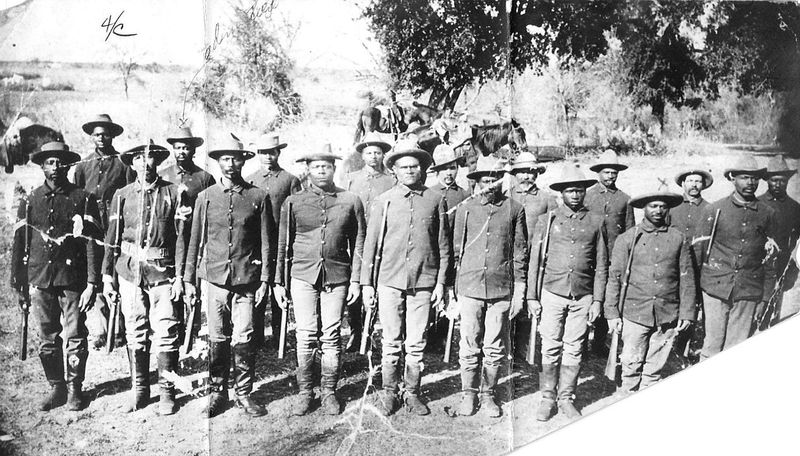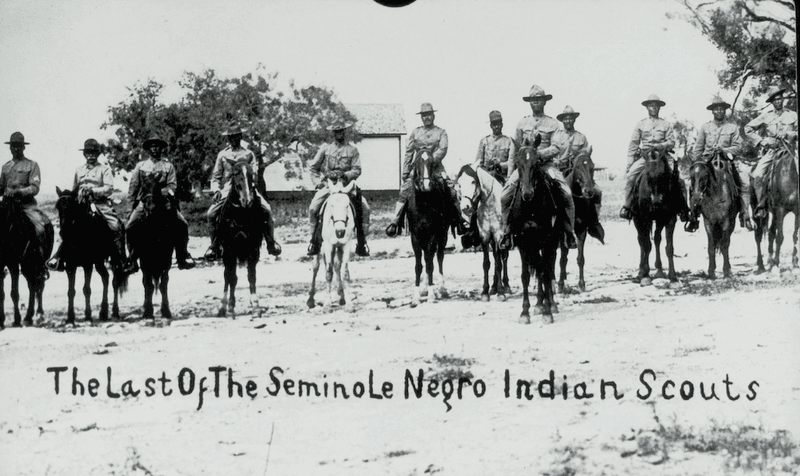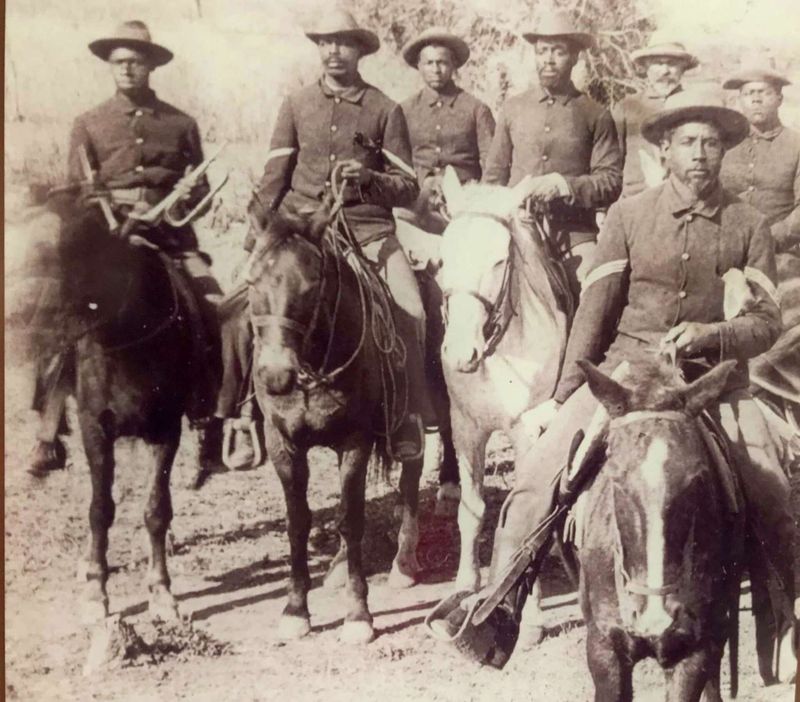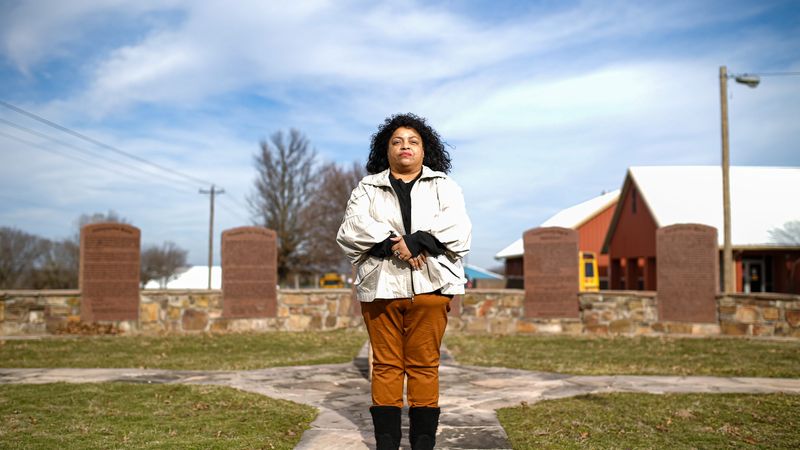The Black Seminole Scouts played a pivotal role in the history of the American frontier, yet their stories remain largely untold. Descendants of African Americans who escaped slavery, they formed a unique cultural identity with the Seminole Indians.
Over time, they became essential to military operations in the West, known for their extraordinary tracking skills and bravery.
This article explores ten fascinating aspects of their lives and contributions, unveiling a legacy both remarkable and underappreciated.
1. Who Were the Black Seminoles?
The Black Seminoles were a unique group of individuals with a rich heritage. These descendants of African Americans found refuge among the Seminole Indians in Florida, creating a vibrant Afro-Indigenous community over generations. Their culture was a blend of African and Native American traditions, which shaped their distinct identity.
Their ability to adapt and thrive in diverse environments was key to their survival. The mutual respect and cooperation between the Black Seminoles and the Seminole Indians laid the foundation for a lasting alliance. They became known for their resilience and resourcefulness in facing adversity.
2. Escape and Migration to the West
Facing persecution, many Black Seminoles made the brave decision to migrate westward. Leaving behind familiar territories, they embarked on a journey filled with challenges and uncertainties. Their migration took them through the vast landscapes of Texas and into northern Mexico.
In Mexico, they found a new opportunity. Offered land in exchange for defending the borders against raids, the Black Seminoles embraced this role. It was a turning point that set the stage for their future as scouts, allowing them to leverage their skills in new ways.
This migration was more than just a physical journey; it was a testament to their enduring spirit.
3. Recruited by the U.S. Army
In 1870, the U.S. Army recognized the potential of the Black Seminoles and recruited them as scouts. Their expertise in navigating the rugged Texas-Mexico borderlands made them invaluable. Known for their unparalleled tracking skills, they became the eyes and ears of military operations.
Their recruitment marked a significant acknowledgment of their abilities. The scouts were instrumental in combating raiding parties and ensuring the safety of the frontier. Their presence was not just tactical but symbolic, representing a bridge between cultures and a new chapter in military history.
This collaboration was a testament to the scouts’ reputation and skill.
4. Elite Frontier Trackers
Renowned as elite frontier trackers, the Black Seminole Scouts’ skills in following faint trails were unmatched. Their keen sense of the land and ability to interpret subtle signs made them indispensable in the harsh frontier environment.
Their tracking prowess often meant the difference between success and failure. Whether navigating through dense forests or arid deserts, they read the land with a precision that was both art and science. These skills were honed through years of living in challenging terrains.
Such expertise earned them respect and admiration from those they served alongside, cementing their legacy in frontier history.
5. Service at Fort Clark
Fort Clark became the home base for many Black Seminole Scouts. Located near Brackettville, Texas, this fort was a strategic point for various military campaigns against hostile forces and raiders.
The scouts’ service at Fort Clark was marked by their readiness to face unknown dangers. Missions often took them into unfamiliar territories, where their skills were put to the test. Their dedication to duty was unwavering, and they became known for their bravery.
Their service at Fort Clark symbolized a period of intense activity and commitment, leaving a lasting impression on military history.
6. Medal of Honor Recipients
Four Black Seminole Scouts were awarded the Medal of Honor, the nation’s highest military decoration. Adam Payne, Isaac Payne, Pompey Factor, and John Ward were recognized for their exceptional bravery and service.
Their stories are a testament to courage under fire. Often outnumbered and outgunned, their actions in battle demonstrated tactical intelligence and indomitable spirit. These awards were not just personal accolades but a recognition of the scouts’ critical role in frontier defense.
The Medal of Honor recipients’ legacy continues to inspire, highlighting the scouts’ extraordinary contributions to military history.
7. Bravery in the Face of Danger
The Black Seminole Scouts’ valor was legendary. In numerous battles, facing overwhelming numbers, they displayed courage and discipline that became the hallmark of their service.
Their tactical intelligence often turned the tide in difficult engagements. Acting as the vanguard of military units, they navigated the complexities of battlefield dynamics with precision and calm.
These scouts were more than just warriors; they were strategic thinkers who understood the art of war. Their legacy of bravery continues to be celebrated, a testament to their enduring impact on military history.
8. Cultural Identity and Loyalty
Despite their military service, the Black Seminoles remained deeply connected to their cultural roots. Their unique Afro-Seminole Creole language and traditions were a testament to their rich heritage.
Their loyalty to the U.S. military was paralleled by a steadfast commitment to their cultural identity. They balanced these dual roles with grace, maintaining ties to their community while serving as scouts.
The preservation of their culture amidst the challenges of military life was a remarkable achievement. This cultural identity remains a vital part of their story, adding depth to their legacy.
9. Disbandment and Forgotten Legacy
The disbandment of the Black Seminole Scouts in 1914 marked the end of an era. Despite their distinguished service, their legacy was largely forgotten by mainstream history.
Their contributions were overshadowed by the popular myths of the Wild West. Yet, their stories are rich with lessons of courage, resilience, and adaptation.
Efforts to restore their legacy continue, reminding us of the importance of acknowledging all facets of history. Their overlooked contributions are now being re-examined, bringing their stories to a wider audience and honoring their place in history.
10. Modern Recognition and Honors
In recent decades, the efforts to recognize the Black Seminole Scouts’ contributions have gained momentum. Fort Clark now features monuments and commemorations that celebrate their service.
Historians and descendants have worked tirelessly to bring their stories to light. Through museums, books, and documentaries, the legacy of the scouts is being restored.
These modern honors are more than mere acknowledgments; they are celebrations of a remarkable history. The renewed interest in their stories serves to ensure that their legacy is preserved for future generations, highlighting their rightful place in American history.
